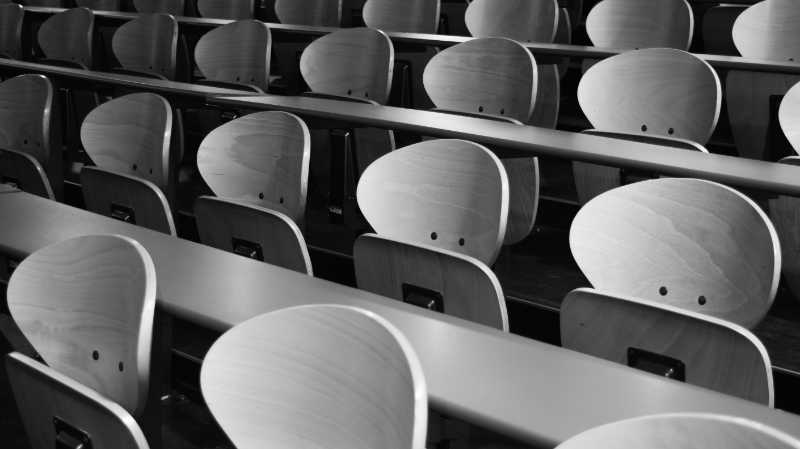Dr. Christoph Tondera: Smart Materials and Electronics for Life - smart4life
1:00 pm — 2:00 pm
Zoom
Dr. Christoph Tondera (Leibniz Institute of Polymer Research Dresden, Max Bergmann Center of Biomaterials)
Center for Molecular and Cellular Bioengineering (CMCB)
Prof. Federico Calegari (CRTD)
CMCB Life Sciences Seminar
Modern bioelectronic devices consist of inorganic and dry metal- or silicon-based electronics. In contrast, biological tissues consist of organic and aqueous materials. This fundamental difference between technological and biological material systems is the major limitation for long-term application of bioelectronic devices. Moreover, in biological systems, electrical and biomolecular signals are often interconnected, while bioelectronic devices focus mainly on electrical signal transmission. A biomimetic recapitulation of these material properties and functional principles at the technological level could allow us to achieve seamless integration of bioelectronic devices into biological tissues. In addition, it would enable unprecedented functionalities such as combining readout and stimulation of electrical and biomolecular processes using digital languages. In order to fulfil this demanding task, the development of novel materials and integrated systems is necessary. We employ polymeric hydrogels with tunable mechanical properties, electrical conductivity, and biomolecular affinity that are able to combine the desired properties and overcome the aforementioned limitations. Using these materials as multimodal tissue interfaces, we aim to further push the boundaries between living matter and electronic devices.
After the talk our Speaker will be available for one-to-one chats. If you would like to exchange some scientific thoughts with him, please contact directly the host, Prof. Federico Calegari.
Most important recent publications:
- Afanasenkau D.; Daria K.; Vsevolod L.; Tondera C.; Gorsky O.; Moosavi S.; Pavlova N.; Merkulyeva N.; Kalueff A. V.; I van R. Minev I. R.; Musienko P.; (2020) Rapid prototyping of soft bioelectronic implants for use as neuromuscular interfaces, Nature Biomedical Engineering, 4, 1010-1022.
- Athanasiadis, M.; Afanasenkau, A.; Derks, W.; Tondera C.; Busskamp V.; Bergmann O.; Minev I. R. (2020) Printed elastic membranes for multimodal pacing and recording of human stem-cell-derived cardiomyocytes, npj Flexible Electronic, 4:16.
- Tondera, C.; Akbar, T. F.; Thomas, A. K.; Lin, W.; Werner, C.; Busskamp, V.; Zhang, Y.; Minev, I. R. (2019) Highly conductive, stretchable, and cell-adhesive hydrogel by nanoclay doping. Small, 15:27, 1901406.
- Tondera, C.; Wieduwild, R.; Röder, E.; Werner, C.; Zhang, Y.; Pietzsch, J. (2017) In Vivo examination of an injectable hydrogel system crosslinked by peptide–oligosaccharide interaction in immunocompetent nude mice. Advanced Functional Materials, 27:15, 1605189.
- Tondera, C.; Hauser, S.; Krüger-Genge, A.; Jung, F.; Neffe, A.T.; Lendlein, A.; Klopfleisch, R.; Steinbach, J.; Neuber, C.; Pietzsch, J. (2016) Gelatin-based hydrogel degradation and tissue interaction in vivo: Insights from multimodal preclinical imaging in immunocompetent nude mice. Theranostics, 6:12, 2114-2128
- Ullm S., Krüger A., Tondera C., Gebauer T.P., Neffe A.T., Lendlein A., Jung F., Pietzsch J. (2014) Biocompatibility and inflammatory response in vitro and in vivo to gelatin-based biomaterials with tailorable elastic properties. Biomaterials, 35:37, 9755-9766.
Please find detailed event information on the organizer's website.
